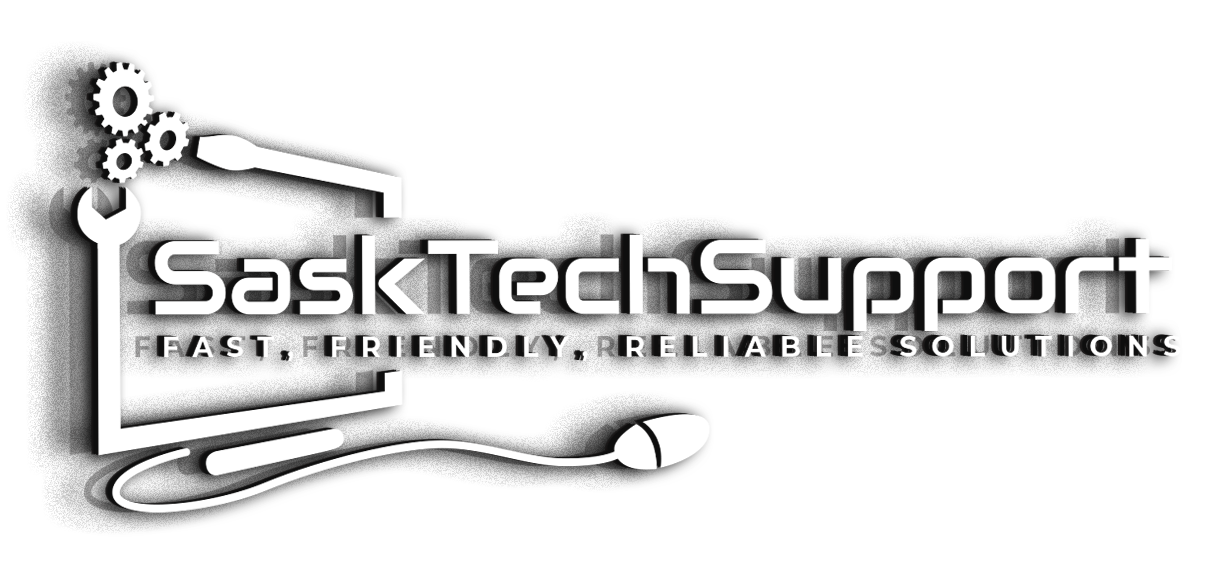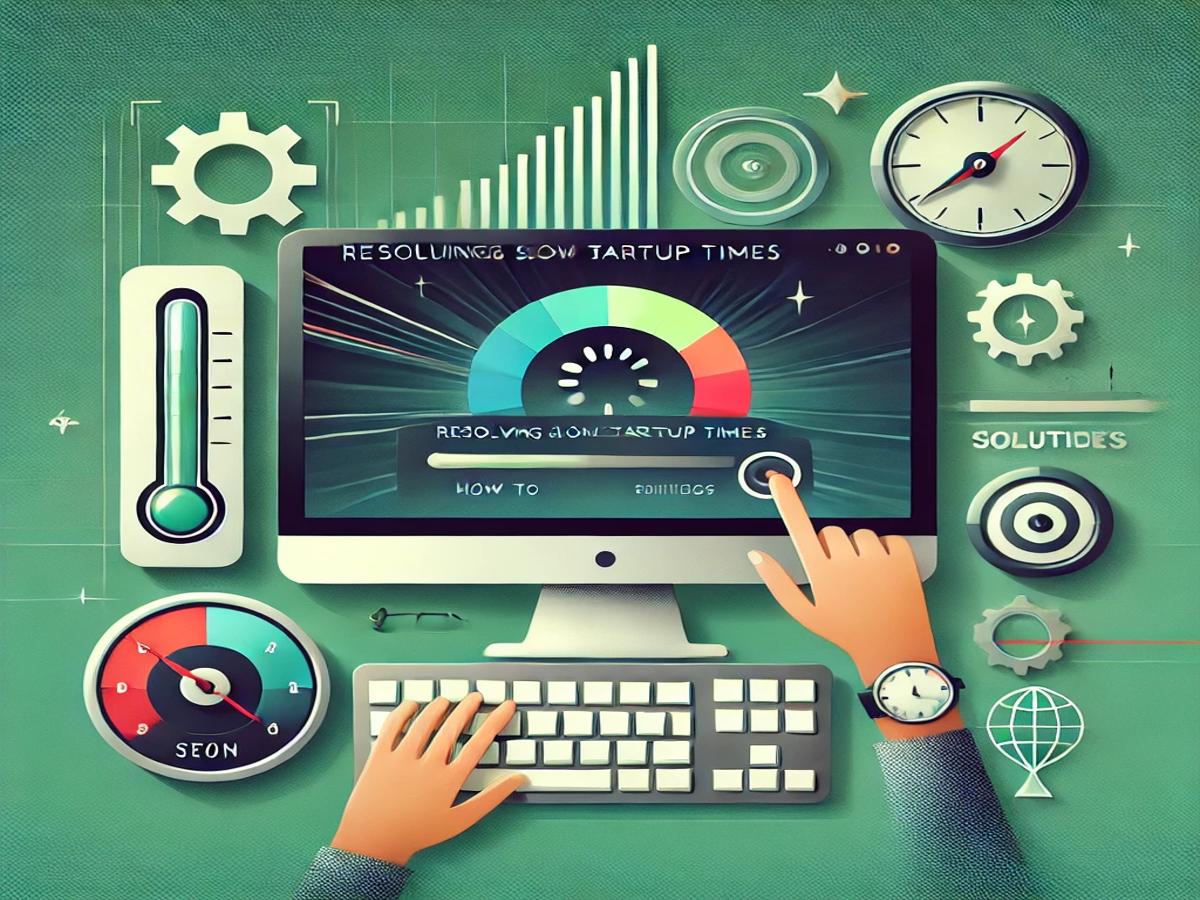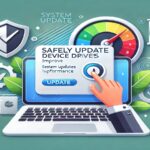Introduction
Is your PC taking forever to boot up? Slow startup times can be frustrating and often signal underlying issues with your system. Whether it’s a cluttered hard drive, too many startup programs, or outdated software, addressing these problems can significantly speed up your computer. This guide will walk you through practical steps to get your PC running quickly and efficiently.
Understanding Slow Startup Times
Before diving into solutions, it’s essential to understand the root causes of slow startups. Common culprits include:
- Too Many Startup Programs: Programs set to launch during startup can overwhelm system resources.
- Outdated Software or Drivers: Old or corrupted files can cause performance bottlenecks.
- Fragmented or Overfilled Hard Drives: A cluttered hard drive slows data retrieval.
- Malware and Viruses: Security threats can hijack system processes, increasing startup time.
Recognizing these causes helps tailor your approach to fixing the problem effectively.
Checking Your PC’s Startup Programs
One of the quickest ways to improve startup speed is by managing your PC’s startup programs. Here’s how:
Access Startup Settings:
- On Windows: Press
Ctrl + Shift + Escto open Task Manager and navigate to the Startup tab. - On Mac: Go to System Preferences > Users & Groups > Login Items.
- On Windows: Press
Disable Unnecessary Programs:
- Identify programs you don’t need immediately after booting.
- Right-click and select Disable or remove them from the login list.
Prioritize Essential Applications:
Ensure only critical programs are enabled for startup.
Keeping Your Operating System Updated
Operating system updates aren’t just about new features—they often contain important performance improvements and bug fixes. To ensure your system stays optimized:
Windows Updates:
- Go to
Settings > Update & Security > Windows Update. - Check for updates regularly and install them promptly.
- Go to
Mac Updates:
- Open the App Store and click on Updates.
- Ensure you’re running the latest macOS version.
Optimizing Hardware for Startup Speed
If software tweaks don’t provide the desired improvement, consider upgrading your hardware. A solid-state drive (SSD) is a game-changer, offering lightning-fast boot times compared to traditional hard drives. Adding more RAM can also enhance your system’s ability to manage multiple tasks simultaneously.
The Role of Antivirus and Security Tools
Malware can significantly slow down startup processes. Use a reliable antivirus program to perform regular scans and remove any threats. Free options like Windows Defender or paid solutions such as Norton or McAfee can safeguard your system.
Cleaning Out Unnecessary Files and Programs
A cluttered PC is a slow PC. Regularly delete junk files and uninstall unused programs using tools like:
- Windows Disk Cleanup: Type
Disk Cleanupin the search bar and run the utility. - Mac Storage Management: Navigate to
About This Mac > Storage > Manage.
FAQs
How can I enable fast startup in Windows?
To enable fast startup, go to Control Panel > Power Options > Choose what the power buttons do, and turn on Fast Startup under shutdown settings.
Why is my SSD-equipped PC still slow?
Check for outdated drivers, excessive background processes, or malware. Also, ensure the SSD firmware is up to date.
Are third-party optimization tools worth it?
Some tools like CCleaner can be helpful, but rely primarily on built-in tools to avoid unnecessary risks.
What is the best hardware upgrade for faster startup?
Installing an SSD offers the most significant improvement in boot times.
Can too many browser extensions slow down startup?
Yes, if your browser is set to launch on startup, extensions can increase boot time.
How often should I perform maintenance on my PC?
Run cleanup utilities and check for updates at least once a month for optimal performance.
Conclusion
Slow startup times don’t have to be a permanent issue. By managing startup programs, keeping your system updated, and considering hardware upgrades like SSDs, you can enjoy a much faster boot experience. Regular maintenance is key to ensuring your PC remains in top condition for years to come.
















